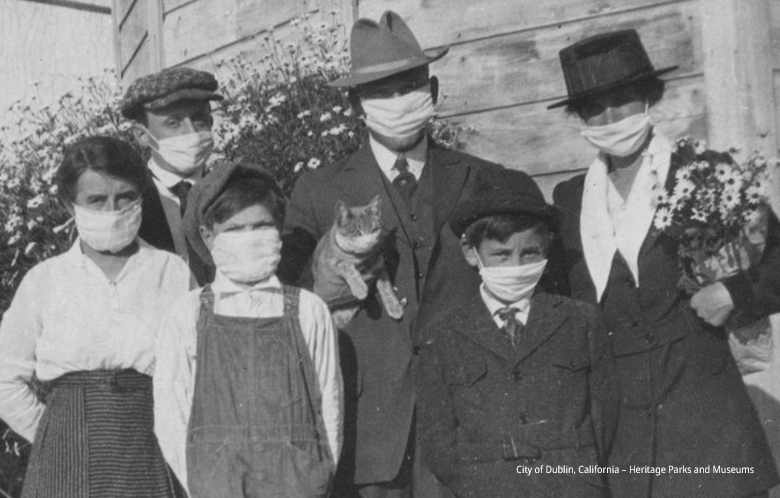The golden rule in family history research is to work backwards from what you already know. It is not necessary to have much detail to start, but it does makes sense to log whatever information is readily available and to seek out further details from relatives. From there, you can delve deeper into your research.
Here are 10 practical tips to help you and your patrons get started or move forward on a family history journey as well as information on some of the many tools that MyHeritage Library Edition offers to enable your patrons to make amazing family history discoveries:
1. Clearly Define Your Goal
Before you begin your family history research, focus on what you want to achieve. Is it solving a family mystery? Learning more about relatives on your father’s side? If you decide to pursue more than one line, be sure to keep your research organized and file the results separately to avoid confusion.
2. Focus on Surnames First
When viewing census records, for example, it’s not uncommon to find a relative listed with their formal birth name in one record, and then listed under a nickname in another. Search for surnames first to yield relevant results. Sometimes the first name is listed as the surname. Also, search for middle names that are often replaced as the given name in records.
3. Be Mindful of Nicknames and other Naming Variations
When looking for an individual, search by initials or shortened versions such as Al or Alex for Alexander. Try alternate name spellings that sound similar, like Aaron and Erin, for more results. If you’re searching for a William, look for other variations such as Bill, Vilhelm, Guillaume and Guglielmo. Don’t have a full name? You can also search by date of birth/death and other details such as relative names you already know.
4. Thoroughly Research Old Family Photographs
Go through old family photographs and see how many people you recognize. Show the photos to older relatives to help jog their memory. Ask them to identify as many faces as possible, so that this information is preserved. If you found new details about unknown relatives in family photos, you can now search records about them and add them to your family tree.
5. Focus Your Search Geographically
Do you know specific places or regions for the records you’re searching? Filter searches by geographic region to narrow results. This is especially beneficial when your family tree contains surnames that are common across multiple countries/regions.
6. Utilize Keywords to Increase the Relevance of your Search Results
When searching, employ as many keywords as you can. The more facts that you know, the more you can leverage them as keywords to help refine your search results. Consider keywords related to facts about weddings, tombstone details, birth dates, etc.
7. Search Specific Collections Individually
If a general search yields too many results, try focusing your search on a specific collection such as a particular census year, collection of marriage records, etc. With MyHeritage Library Edition, you can utilize its helpful Summary mode to explore specific collections individually, such as marriage, death, birth, census or immigration records. This can help you stay focused while digging through larger collections of records.
8. Carefully Investigate Dates
Decipher and record event dates and other important details. Always look at the original context of the event and, ideally, at the document in which it was first recorded to avoid errors in understanding when the event actually occurred.
9 Put Record Detective to Work for You
If your library subscribes to MyHeritage Library Edition, you and your patrons can take full advantage of its proprietary Record Detective™ while searching, which recommends additional records for each record discovered, helping you discover a lot more in less time. For example, a newspaper article or obituary may lead to more records of relatives. A marriage record will tell information about spouses, and census records will give information of all those living in the same household.
10. Stay Organized
Last, but certainly not least, organize all of your data in alphabetical order, and always cite sources with as much detail as possible in order to make it easier to search through documents later. There’s nothing as frustrating as losing a critical piece of data simply because you didn’t keep it organized.



